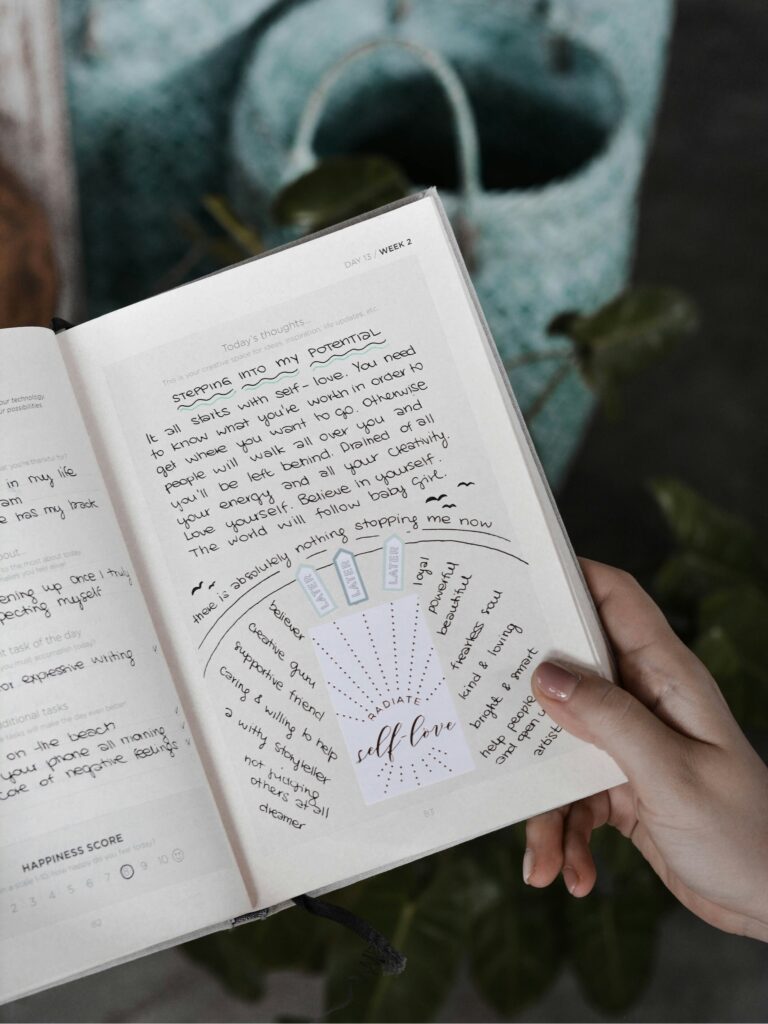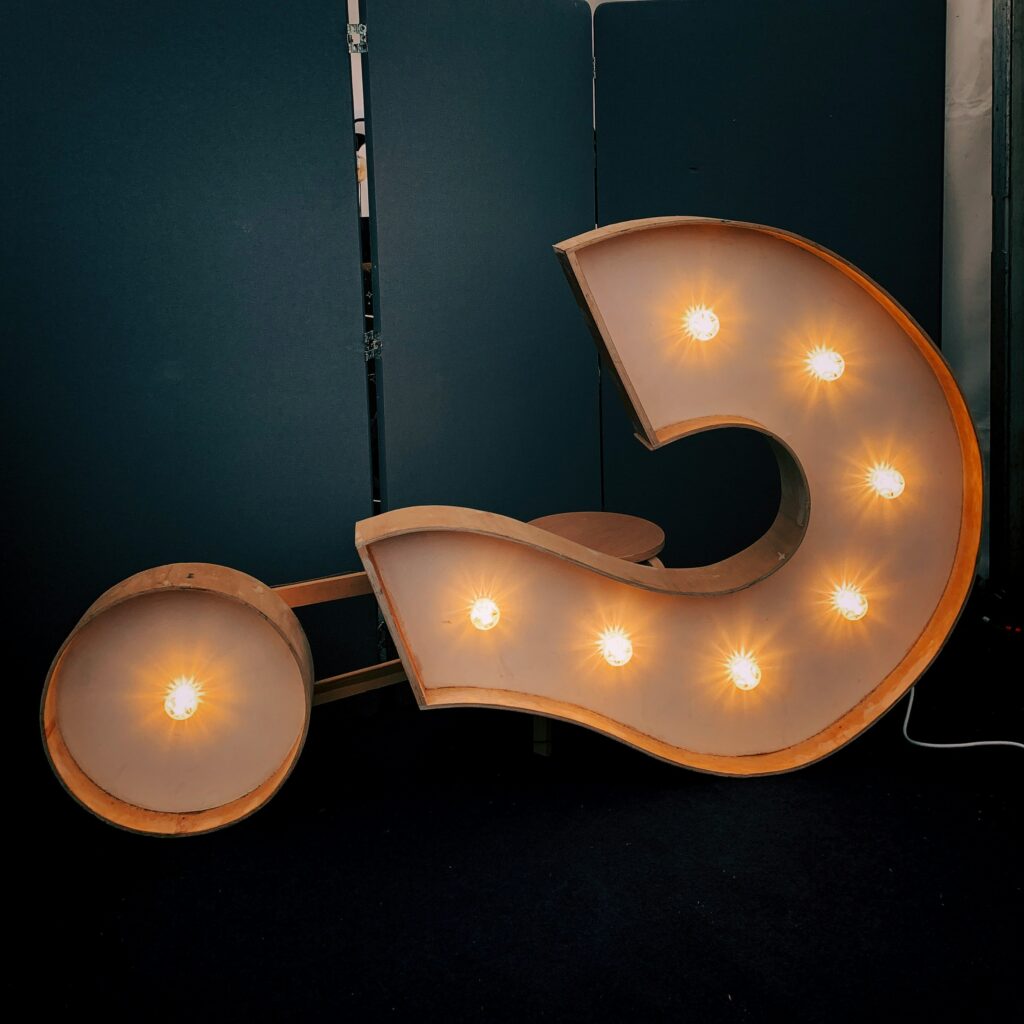Life Design

Do you ever wonder why you struggle to turn your dreams into reality?
With my clients, I see a disconnect between the lives they’re living now and the lives they are hoping to create for themselves. This tends to turn into unrealized goals and unachieved New Year’s resolutions. For some people, those eventually turn into negative self-talk resulting in phrases like “I never complete my goals” or “I never keep promises to myself.” Phrases like this can really eat at your confidence and make it really hard to move forward in achieving the confidence you need to manifest your dream life.
While there are multiple paths to creating your dream life, I’m just going to share one path which is future casting and backward design. You may be wondering what these are. In future posts, I’ll share additional strategies for you, so stay tuned. By the way, this is a really long post. You can head over to my podcast, Confidence Unbound Episode 1, if you would rather listen for 11 minutes instead of read.
WTH is Future Casting and Backward Design?
Let’s start with Future Casting. Businesses tend to use this to think about trends for the future. When they think about these trends, they can create better products, update their services, and plan monetarily for good and bad omens. They look toward the future and start planning and executing strategies in the present.
You can find examples of backward design in engineering and education. For example, engineers use backward design when they think of and create drainage for properties. They have to ask themselves, “Where is the water going to go? How is going to get there?” I’ve seen some masterful feats of engineering at my former school where the water meandered down the sidewalk, across the drive, along the curb, and into the gutter. It was amazing to understand that someone had to create enough angle even in the concrete drive for the water to flow perfectly to where it needed to go. If they hadn’t thought about the final product, they couldn’t have planned for drainage in the present.
In education, educators use backward design while creating lesson plans and assessments. Every teacher has goals for their units and must develop the activities and experiences that truly align with the learning goal. A teacher may create a really engaging lesson where the kids learn something and it is fun, but it’s unfortunate if that engaging lesson doesn’t really help students reach their learning goal. You may ask, “Isn’t the point of education to get kids to learn? What does it matter if the lesson engaged the kids, and they learned something?” I would counter that it’s possible to develop an engaging lesson and meet the learning goal.
Very simply put, future casting and backward design are thinking about the end result then designing the plan to get you there.
Seems Logical. Don't I Already Use It?
Most of us don’t think this way. Let’s say you want to go on a trip. This is where backwards design should take place, but this typically doesn’t happen. You know where you want to go, but that’s where the backwards thinking tends to end. Most people will start from the beginning. Are we taking a car or a plane? Car. What should we pack for the car? How long will the drive take? How many stops for gas do we need? It goes on and on with clothing, food, activities, and so on.

Don’t get me wrong, planning a vacation can be a lot of fun. But what happens when you’ve done the planning, you get there, and you realize that you don’t have time to visit all the sights you wanted, and your kids are upset because there is no time to do their activities. With backwards planning, much of this could have been prevented.
If you and your family sat down to figure out the purpose of the vacation (which is usually to have a good time), you could have determined what “having a good time” meant for everyone. For you, it might be shopping. For your spouse, it might be visiting landmarks. For your kids, it might be spending time at the beach. Depending on the ages within your family, you could also decide if a “family” vacation means that you have to spend every moment together or if there are moments where you can all go your separate ways, knowing that some of your family may not want to spend time hunting for the perfect scarf or spend time washing sand out of their hair after the beach.
After thinking about all of the activities you want to do, you may even realize that taking the car isn’t logical. It may take two days to get there which means two days getting back. Do you really want to spend four days of your family vacation sitting in a vehicle? Or… you could take a plane and be to your destination in mere hours, giving you so much more time to do things that will make everyone happy.
Great! So How Does That Apply to Life Design?
Future casting for your life is the idea of thinking about your future life and your future self. Backward design is then taking that future life and future self and designing backward to the point you are currently living.
Let’s go over how to do this.
Step 1: Write about your dream life
Write about the person you want to be and the vision of the dream life you want to live. Think about what life you want to create for yourself. You’re going to do this in first person, present tense as if you are already living this life. Describe, in extreme detail, your vision of this dream life. How do you feel? What is your home like? Describe your career and how you feel about it? By the way, I have a freebie for you if you want some additional questions to help you think about what to add to this journal. Just head over to my Freebies page.
This journal should take you some time. Depending on how much thought and detail you put into it, you could take 20 minutes to write. Some of you may want to write then step away from it for 24 hours so you can look at it with fresh eyes later. Either way, this should be written in first person, and it should be in present tense. Remember, this version of you already has everything you want right now, so the sky is the limit!

Step 2: Brainstorm
Once you’re finished with your journal, the next step is brainstorming the answers to 3 questions.
Question 1: What are the habits of this future me? Write down as many habits this version of you has to have in order to have achieved this amazing life.
Question 2: What do I need to start doing today to create the habits of this person living my dream life, and what behaviors will get me there? You’ll notice that some, if not all, of the habits you wrote down in question 1 are habits you have not mastered yet. For this question, you’re going to brainstorm all the things you need to start doing today to start practicing and mastering these habits.
Question 3: What actions do I need to take to move forward in this life to get to my dream life? Some of these actions may relate to your answers to question 2, but think of this question as a to-do list. If part of your dream life is owning your first business, write down all the things you know about making this happen and all the things you need to research to make this happen. This might include researching how to get a business license, trademarks, tax information, and marketing strategies. While some of these actions will just be part of your list to cross off, other actions will incorporate the habits and behaviors from questions 1 and 2. Using the business example, you may have an action that is actually a habit such as I don’t put things off that need to be done.
From here, start organizing your list by priority, breaking down really large steps into smaller, manageable steps.
Step 3: Take action
You can’t get to your dream life without taking action. It’s one thing to describe it, but you have to take action and live like the person you are trying to become. Start putting those answers from step 2 into motion, and begin designing your life backwards with all the skills, behaviors, habits, and thoughts you need.
You now know all the things that are needed to reach the end goal–your desired life.
If you’ve been around me for a while, you know that I was a teacher for 25 years. I wanted to quit teaching so badly, but it took me 10 years to finally leave the profession. (I’ll tell you that story in another post.) Before I left teaching, I started my coaching business thinking I could start getting clients and get my program created on the side while still earning income. It seemed like the logical thing to do, to continue working while attempting to build my coaching business.
Once the school year was over, I was free to work on coaching full-time, but I couldn’t seem to get any traction. It wasn’t until I did this activity for myself that I realized I had not really stepped into the role of coach and business owner. I was still living life and making decisions as if I was a teacher with a coaching side hustle. This realization was a hard pill to swallow. This exercise may look different for all of you when you do this work, but here are only a few of the many things I learned about myself from this exercise:
- I didn’t fully devote myself to coaching because I didn’t truly see myself as a Confidence Coach YET. I still kept telling people I was a teacher who was leaving teaching to become a coach. Notice I was saying to become a coach.
- I wasn’t behaving like the CEO of a business. If I was. tired after work, I would just say that I had
- Because coaching was a “side hustle,” I wasn’t showing up consistently every day.
- I hadn’t developed a lot of the habits and behaviors my future life required.
- I would use the excuse of my full-time job to explain why I wasn’t working so hard on my coaching.
Before, I was just doing the basics. I told myself, “Okay, I want to be a life coach. I guess the first thing I need to do is get certified then I’ll open a business.” It went like this for a long time where I would just do what seemed like the logical next step. If I had started with the end in mind, I would have figured out what my thoughts needed to be, what coaching programs I eventually want to develop, how I could best serve my clients, possible products to help me reach my goals, and so much more. This also would have helped me create a more linear process. Instead, I spent a lot of time throwing spaghetti at the wall and hoping something would stick. I would try to figure out email marketing only to find I hadn’t completed two other steps first. It was a lot of wasted time and energy.
After the exercise, it was so much easier to figure out what I needed to step into my future self, to step into that role and say, “I am a Confidence Coach.” By designing with the end in mind, I was able to see the whole picture. I started putting into practice the habits, behaviors, actions, and thoughts of my future self and started living as her. I am no longer pretending that person is down the road and she will magically emerge. I’m working at being her.
The Major Lesson
If you have these really, really big dreams that you want to go after, you can’t play small. You have to really think about the kind of person you need to be in order to achieve those dreams. And there’s got to be some timeframe to that too, right? I sat there for ten years and told myself, “I really, really want to leave teaching.” But in those ten years, I did not live as the person who planned to leave teaching.
It’s never too late. It is possible to design and step into your dream life.
Recap
Step 1: Take time to reflect on the life you want for yourself. Get really, really clear.
Step 2: Brainstorm the answers the three questions:
- What are the habits of this future me?
- What do I need to start doing today to create the habits of this person living my dream life, and what behaviors will get me there?
- What actions do I need to take to move forward in this life to get to my dream life?
Step 3: Take action. Start designing your life with the end in mind.
Is it going to happen overnight? Of course not, but your dream life will be achieved so much faster if you know exactly what to do to get there.


